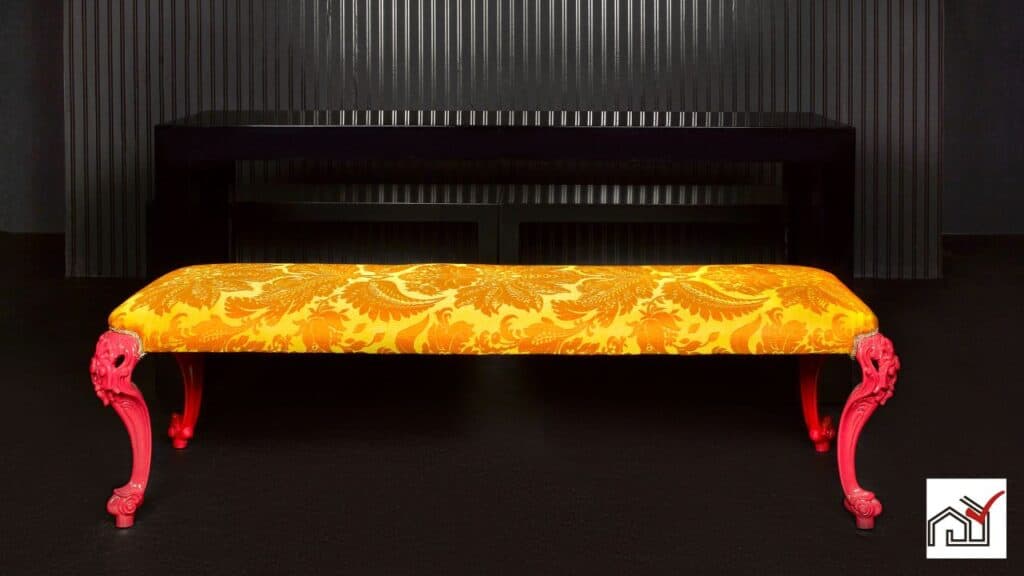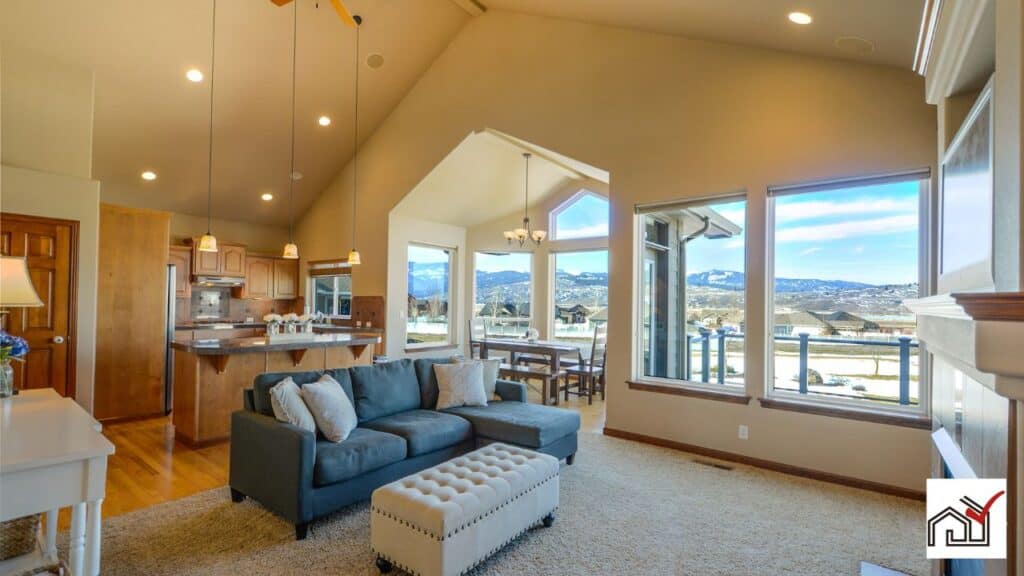If you were ever walking around a furniture store or shopping online, this might have crossed your mind: why are ottomans so expensive?
Ottomans’ Price
Ottomans are expensive because they’re classy, timeless, and super versatile. They can also be made with high-end materials, such as leather and hardwood. Moreover, at the end of the day, many people are willing to pay top dollar for them.
Read on to find out why an ottoman might cost as much as a couch, and what to do if you don’t want to pay that much for one.
7 Reasons Why Ottomans Are Expensive
Here are the reasons why ottomans cost so much…
1. They Have a Rich History
Ottomans have an interesting name that gives you a glimpse of their history.
They were modeled after seating arrangements in the Ottoman Empire, where their seats would be simple wooden structures with cushions on top.
This style of seating was captured in Western orientalist paintings in the 18th and 19th centuries, which sparked interest in these exotic furniture pieces.
Ottomans soon found their way into every bedroom and vanity, and they took no time to be staples in living room furniture.
2. They’re Made of Expensive Raw Materials
High-quality ottomans are usually made of raw materials that are on the pricier side.
Frame materials, like hardwoods, can be extremely expensive since they require so much skill to work with them.
As for upholstery, you can get ottomans covered in natural leather or suede, which is pretty rare nowadays because of animal welfare and environmental considerations but is still available.
This drives up the price tag significantly compared to PU leather furniture.
Even if you forgo the leather, getting an ottoman that has a covering of linen, jute, wool, or any other natural fiber can cost you quite a bit.
These fibers are prized for their sturdiness as well as their gorgeous natural finish, so that can hike up the final price.
3. Ottomans Are Versatile
They might look simple, but ottomans are some of the most versatile furniture pieces you can own.
Thanks to their plain design with no back or armrests, they combine several functions into one tight little package.
Here are the different ways you can use ottomans.
A) As Extra Seating
This is an obvious choice since ottomans are simple seats that don’t require much room.
They can also be arranged in any configuration you like (L-shaped or U-shaped), depending on the space available in your living room.
B) As Footrests
A footstool ottoman is a subset of ottomans that stands a little lower than normal chair height and can be used as a footrest.
These are wonderful additions to any living room because of their extra comfort.
C) As Storage Units
Ottomans make for great storage spaces, especially if you opt for a longer, bigger design.
You can store different things inside them, like books, magazines, board games, and even umbrellas and slippers!
They can get so much stuff out of the way.
D) As a Coffee Table
You can also use an ottoman as a coffee table to put books, cups, as well as other nicknacks on.
For this purpose, there are some products on the market that turn your upholstered ottoman into a coffee table by fitting a wooden plank over it.
E) As Decor Elements
Ottomans can also add a nice touch of beauty to your living room as we’ll discuss below.
4. They Have a High-End Feel to Them

Ottomans were always considered furniture pieces for the wealthy.
This is especially true because they were made with luxurious fabrics, like embroidered silk, velvet, and handmade carpet.
Those took long hours from skilled laborers to make, which made them highly exclusive and expensive.
This idea still stands to this day, even if everything used to make the ottoman nowadays is automated.
But we still have the connotation of this furniture being used by people from a higher echelon of society.
As we mentioned earlier, when used as a footstool, ottomans communicate the feeling of leisure.
This usually brings to mind the idea of luxury and comfort.
5. They Make for Great Decor Elements
Ottomans aren’t usually made with elaborately-decorated fabrics nowadays.
However, even in our current minimalism-driven decor, a solid-colored ottoman can give elegance to an otherwise plain room.
When color-matched with the couch, drapes, or carpeting, an ottoman can tie the whole room together, making it look more cozy and relaxing.
It can also be a statement if you use a color for your ottomans that contrasts with the other furniture.
Velvety, jewel-toned ottomans are especially popular for their eye-catching quality and the old-timey, classic feel they give.
You can also opt for a more casual finish, like linen or jute, which will bring a nice, summery vibe to your living room.
In fact, you can control how formal or informal your living room is just by including different styles of ottomans.
6. Designer and Vintage Ottomans Drive up Prices
Vintage ottomans can be amazing heirlooms that people pass down through generations in almost perfect condition.
That’s what raises their resale value; they have a lot of history behind them, and usually, the craftsmanship is much better and more intricate.
As for designer pieces, just like any other thing with a famous name slapped on it, they will sell like hotcakes.
The price tag may be deserved if the materials and construction are superior to other products.
However, most of the time, the only difference is the name selling the product and how much people assign value to it.
This brings us to our next point.
7. People Don’t Mind Paying for Them
This is an important side to the story here since everything on the market has value depending on how many people ask for it.
If the supply is limited and the demand is high, you can expect the value of the product to rise.
So, if enough people agree to pay the price tag on an ottoman, the market will settle for a certain range you should expect to pay.
As of writing this article, the price range for an ottoman is between $150 and $750, which is pretty steep.
Well, if that’s out of your price range, there are options you can explore other than an ottoman to fit your budget that will give you a similar feel.
Cheaper Substitutes for An Ottoman
There are many furniture and decor options today that can add the same value to your living room as an ottoman would.
1. Poufs/Pouffes
Poufs are gaining popularity as a great addition to a living room that you can easily get on a budget.
Often covered in creative fabrics, like knitted wool, jute braids, or patchwork leather, they give a very interesting and unique vibe to your seating area.
You can find poufs for well under $100 on websites like Amazon.
Just keep in mind that they’re not nearly as sturdy as an ottoman and are usually pretty soft.
2. Plain Footstools
These might not look as glamorous as an ottoman, but they’re just as comfortable.
If you want an ottoman just for functionality, consider a regular footstool instead.
Those furniture pieces are usually much smaller in size, but you can get the same use out of them, with extra living room space to boot!




